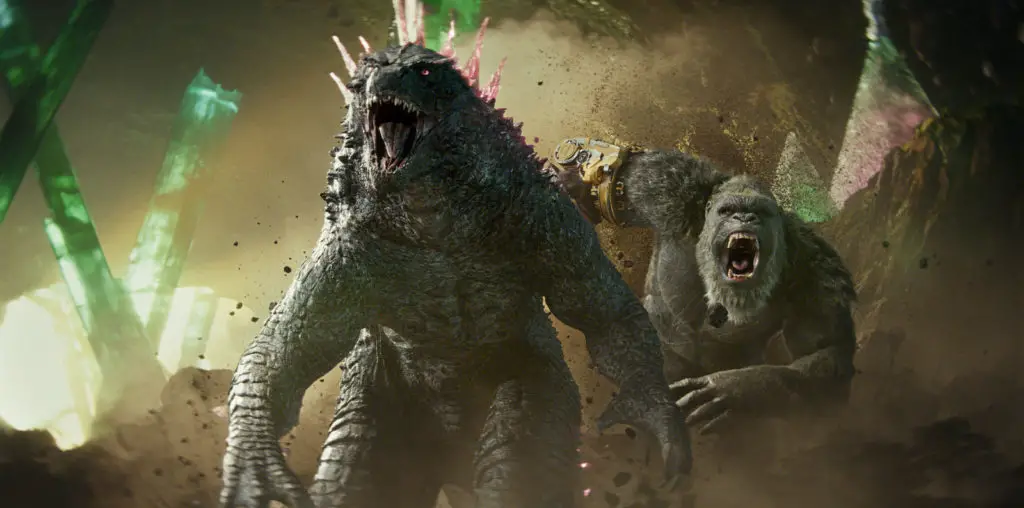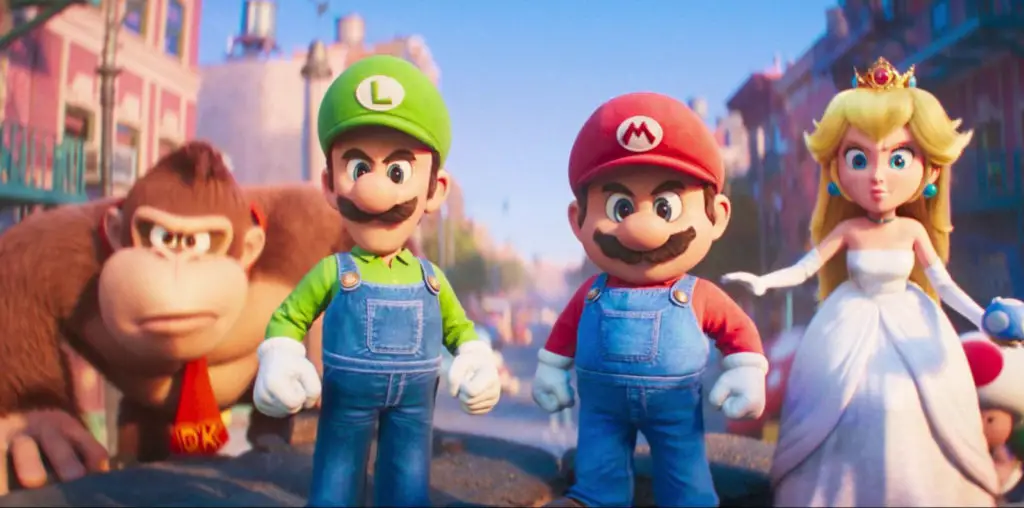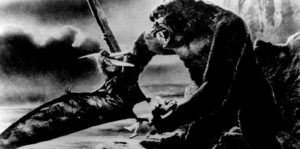
We going back in time and revisiting the 1933 classic King Kong, directed by Merian C. Cooper and Ernest B. Schoedsack, with special effects by Willis H. O’Brien. Does it still hold up with two remakes and a warehouse of computer processors?
Our tale starts in New York with filmmaker Carl Denham (Robert Armstrong) traveling great distances to make the ultimate jungle tale on the mysterious Skull Island. Keeping the final destination secret from the ship’s captain (Frank Reicher), Denham assures the captain that this will be the journey of a lifetime…all he needs now is the girl, actress Ann Darrow (Fay Wray). Protecting Ann from being exploited (and eaten) is the ship’s first mate, John “Jack” Driscoll (Bruce Cabot).
When the crew arrives at Skull Island, they are greeted by the island’s villagers, who are there to protect the island’s secret. Denham, his camera team, and the ship’s crew escape the villagers and face peril against the long-thought-extinct dinosaurs, the Stegosaurus, Brontosaurus, and Tyrannosaurus Rex. Then there’s King Kong, who takes a liking to the fair maiden, Ann Darrow.
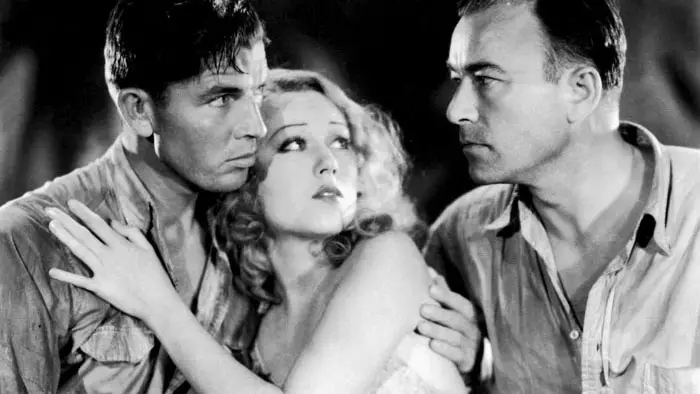
“Then there’s King Kong, who takes a liking to the fair maiden…”
First, I’ll just say that being almost a hundred years old, King Kong is not as dated as you think it is. Of course, the art of stop-motion animation has advanced dramatically over the century. Still, the principals are the same, and emerging indie animators are producing stop motion that is not that far off in movement and the craft of puppetry.
The blending of live-action and animation has not advanced much, at least in how it’s captured in film today. The principles of split-screen effects are just as effective today as they were in 1933. The main difference is that digital technology has replaced the painstaking process of splicing film, making it fast to edit and more accessible to indie filmmakers. It was probably considered guerilla (pun intended) filmmaking then as it is today.
Jurassic Park easily topples King Kong as the king of the FX hill. But where King Kong ultimately shines is its simple story of a man so driven to be the king of movies that he risks the lives of his crew, an innocent woman, and New York City to reach the top.
As great as modern CG is, nothing beats practical effects…even if it is a puppet with jerky movements. As a fan of stop-motion animation and the works of Ray Harryhausen and Henry Sellick, King Kong will remain the granddaddy of the art form and remains a classic for all generations.
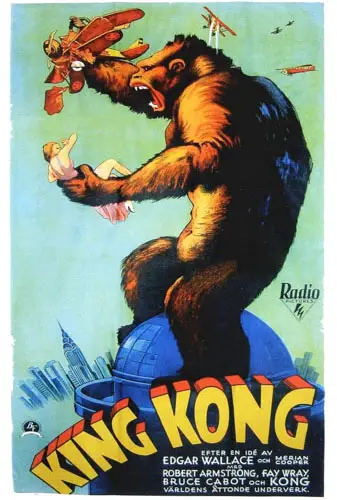
"…As great as modern CG is, nothing beats practical effects..."
